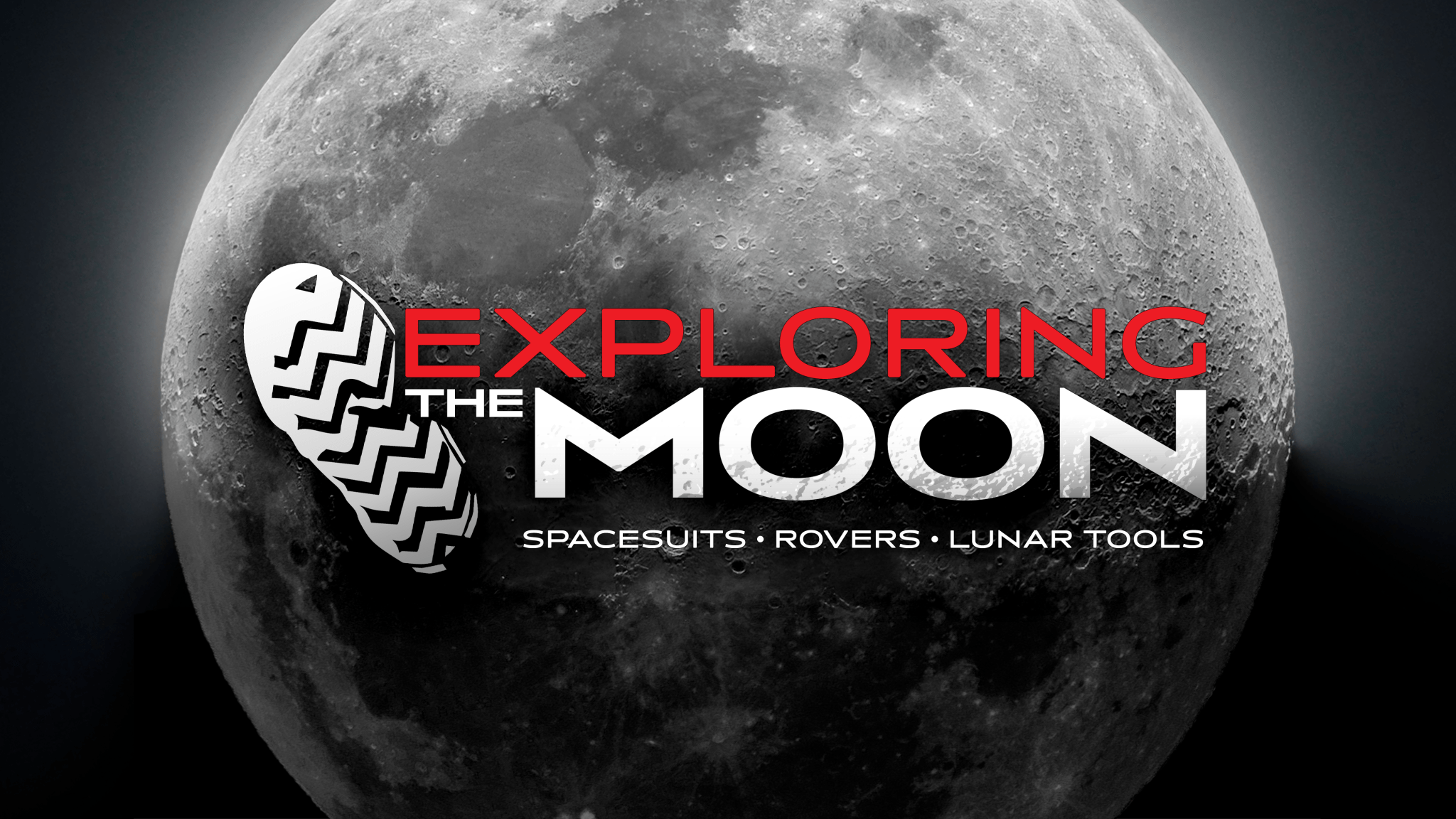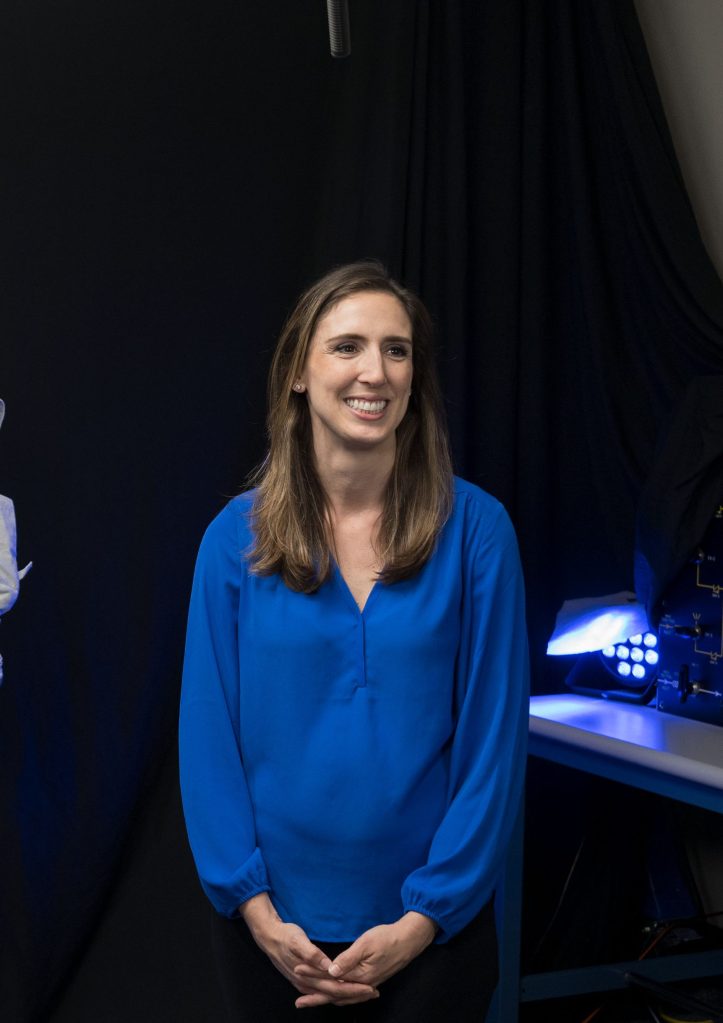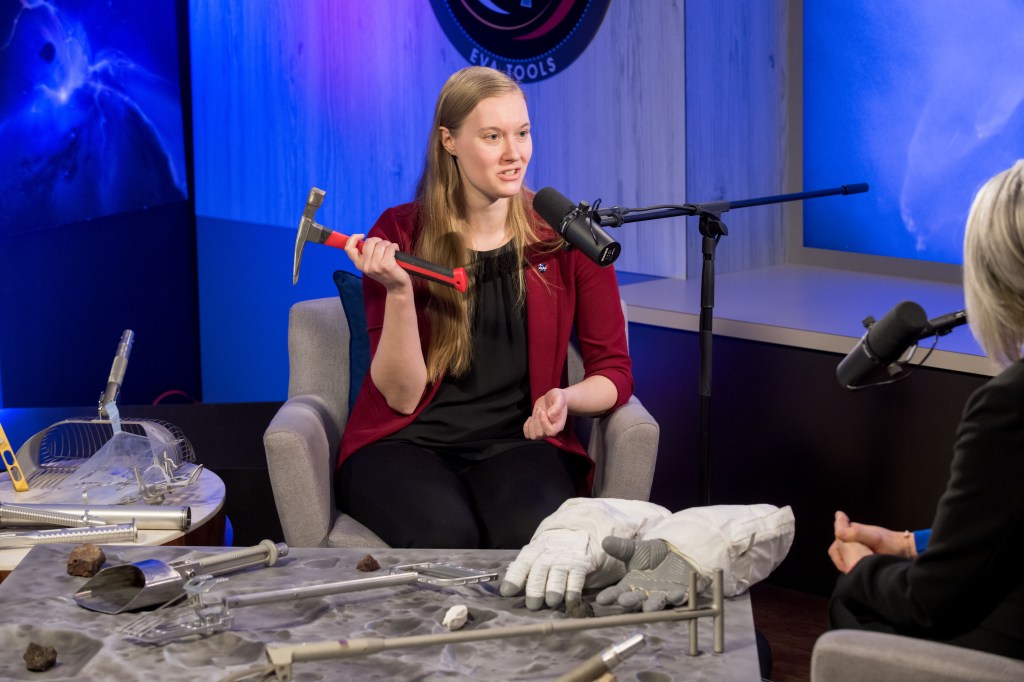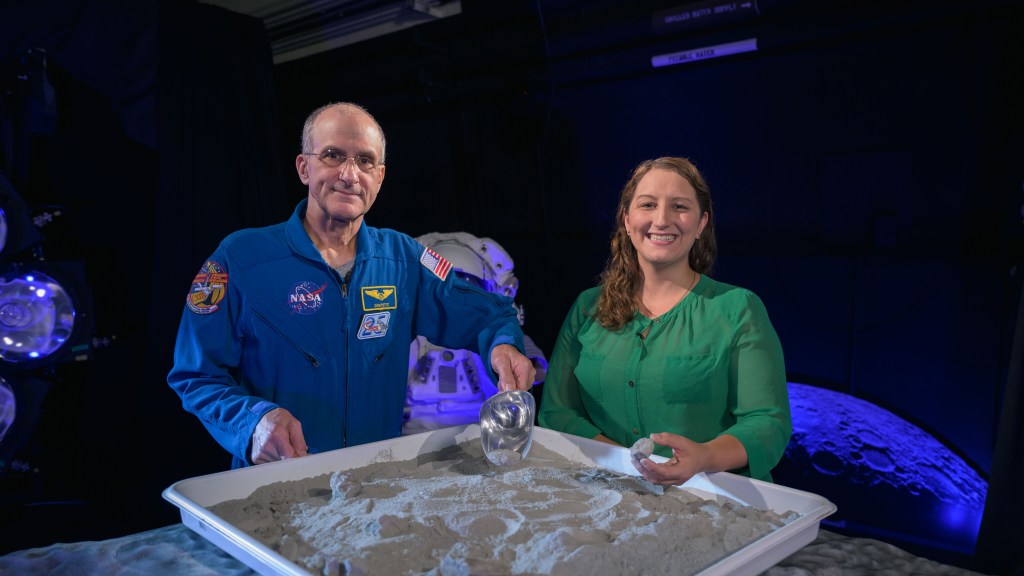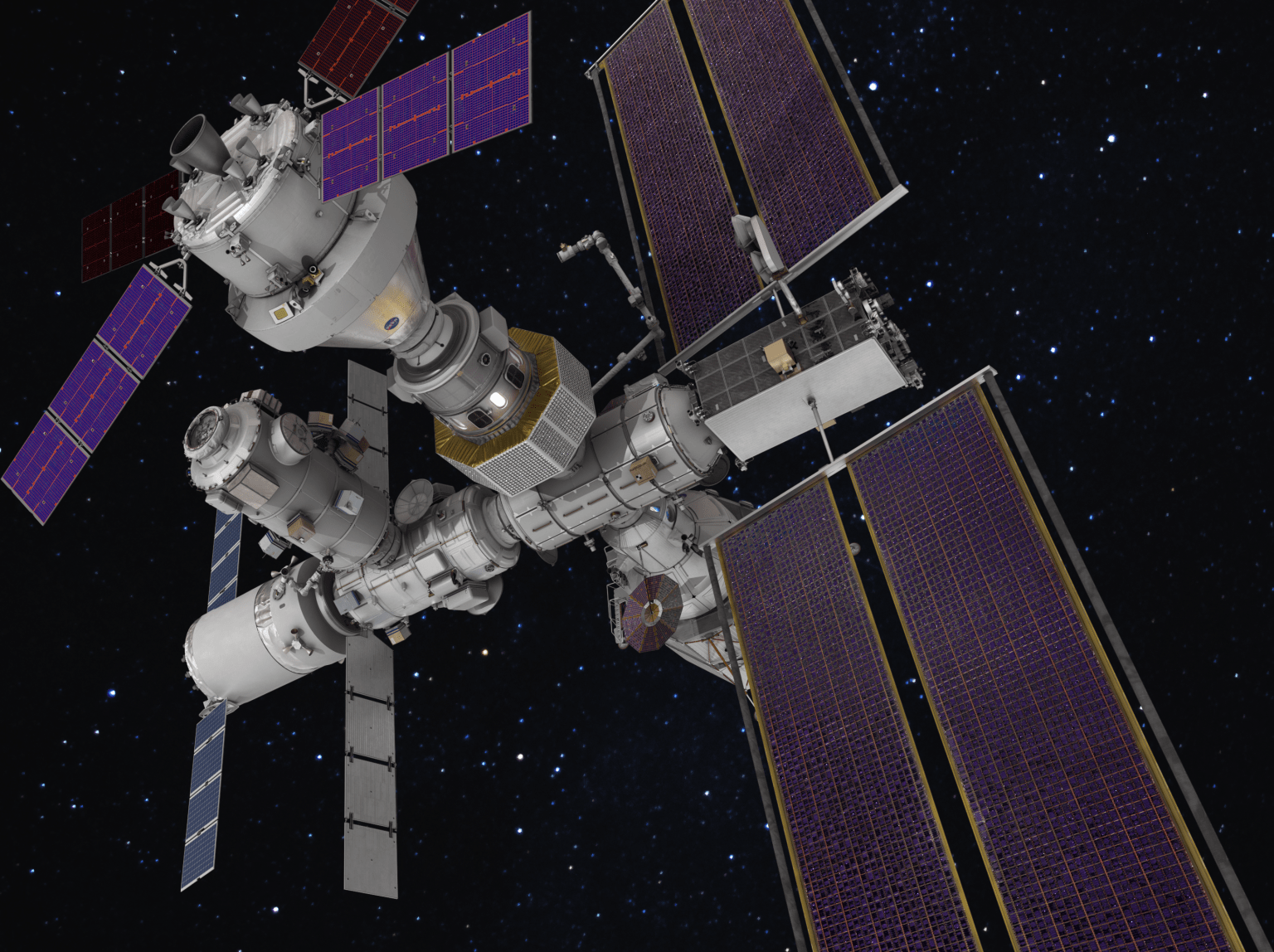Exploring the Moon
Welcome to NASA's Exploring the Moon, a video series that takes a behind-the-scenes look into the next steps for humanity's return to the Moon. Brought to you by the Extravehicular Activity and Human Surface Mobility Program.
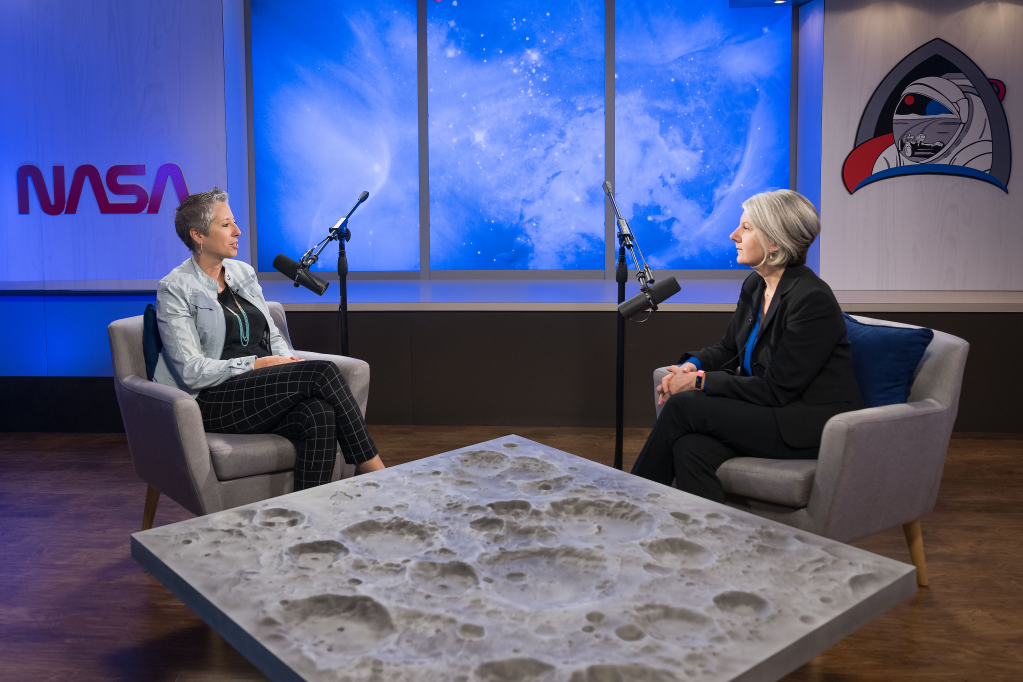
Why Explore the Moon?
How many small steps equal a giant leap? Find out what it takes to plan our next great voyage to the Moon, what exactly we plan to do there, and what may come next.

Artemis Spacesuits
Explore the special technologies and improvements NASA has made to its spacesuits since the International Space Station (ISS), and how they will be used to make Artemis mission possible.
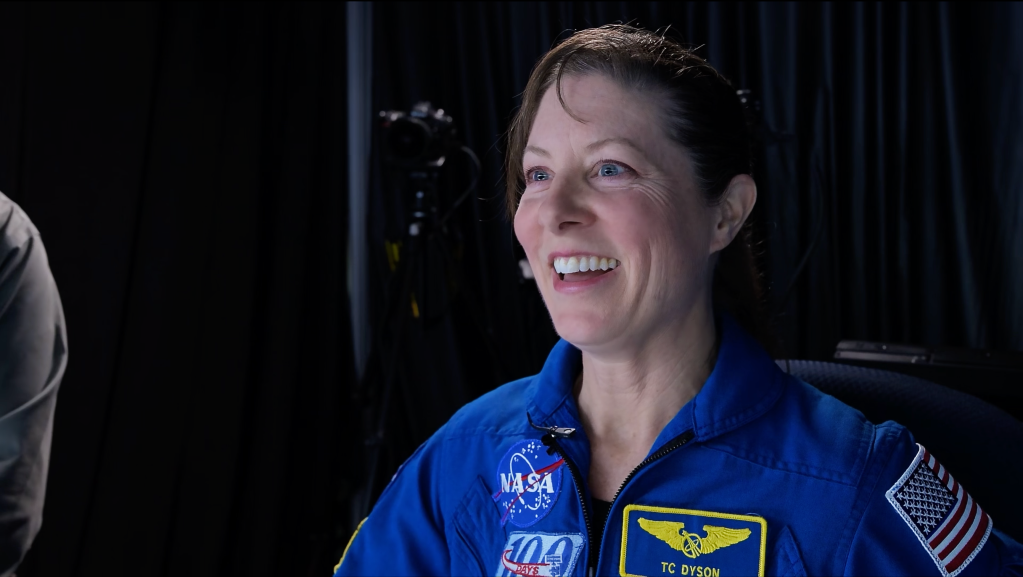
Lunar Rovers
Buckle up and roll out! Learn all about the different capabilities crewed and uncrewed rovers have. Plus, find out how these technologies will be used to explore the lunar surface.
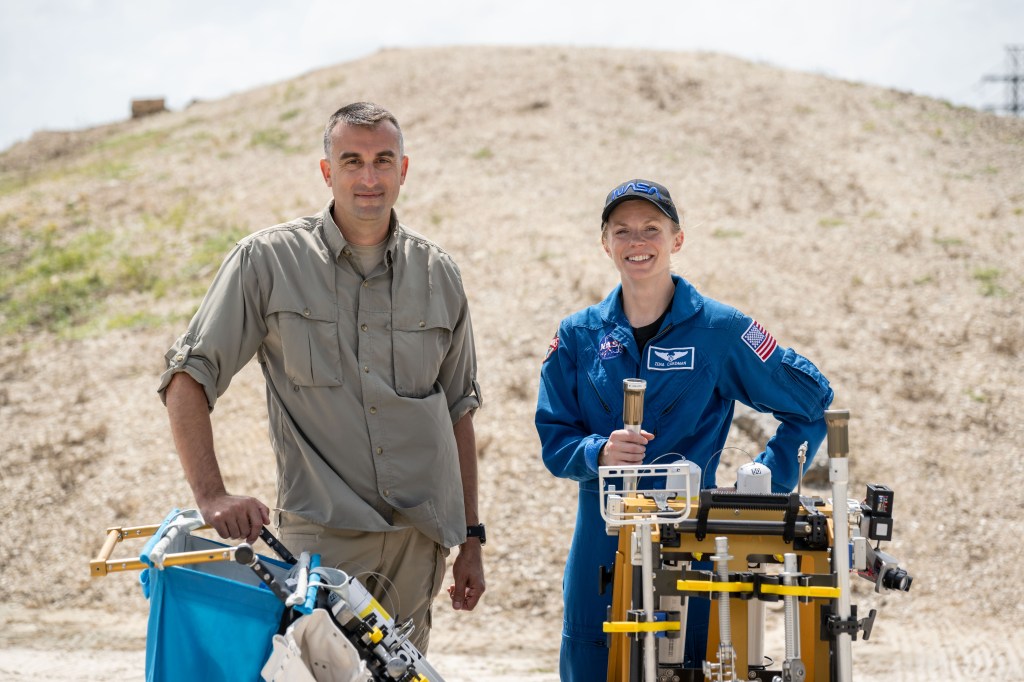
Lunar Geology Tools
How does NASA collect surface samples from the Moon? The answer may surprise you! Explore the challenges of designing the geology sampling equipment for the Artemis missions and how geology sampling technology has changed since Apollo missions.
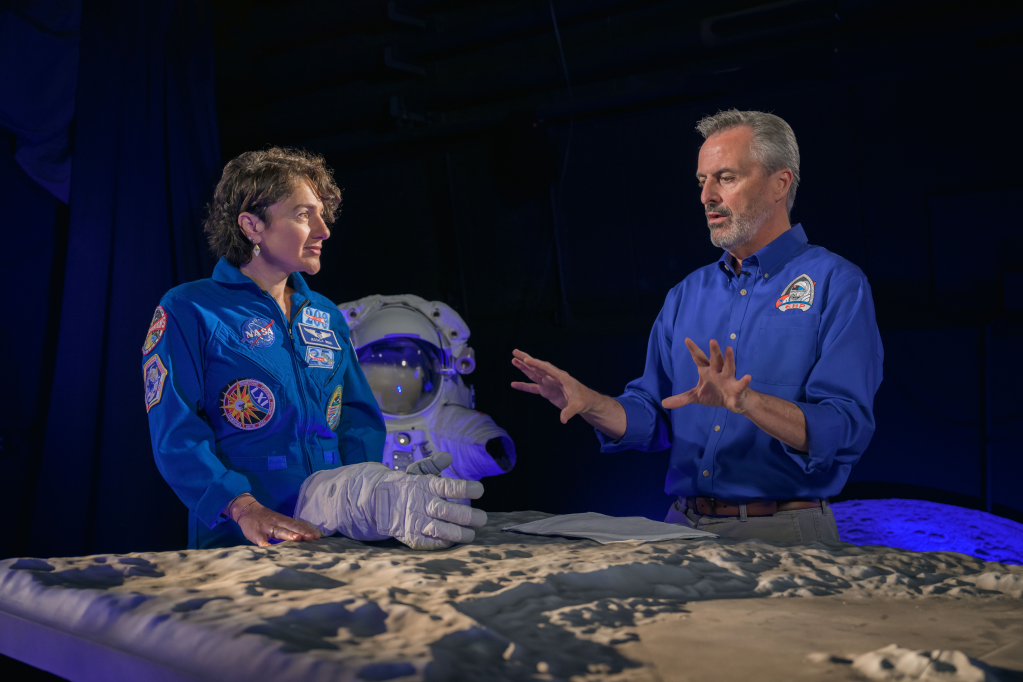
Special Lunar Challenges
Learn how NASA engineers are working to prepare for the unique challenges astronauts will face when exploring the Lunar South Pole for the first time ever.
Preview the Series
The Exploring the Moon series is about to take its giant leap!
Here is your first look at some of the key moments from the season!
SERIES FEATURED ASTRONAUTS
Meet the Experts
Each episode sits downs with NASA subject matter experts in an open dialogue about what it will take to prepare for our return to the Moon.
FEATURED NASA SUBJECT MATTER EXPERTS

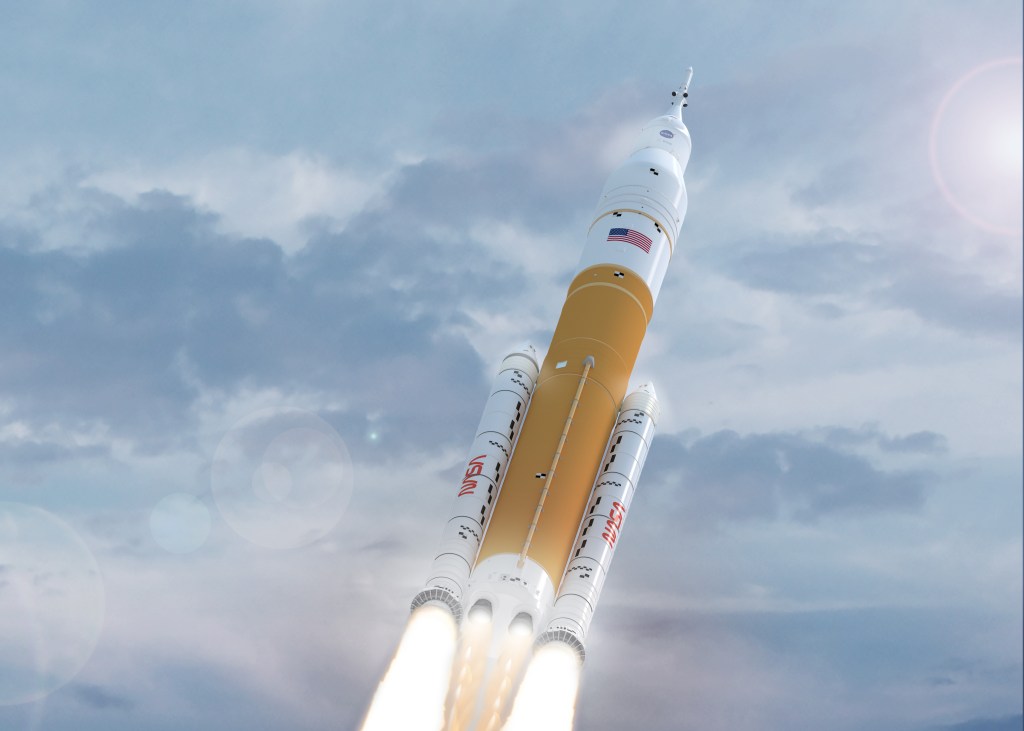
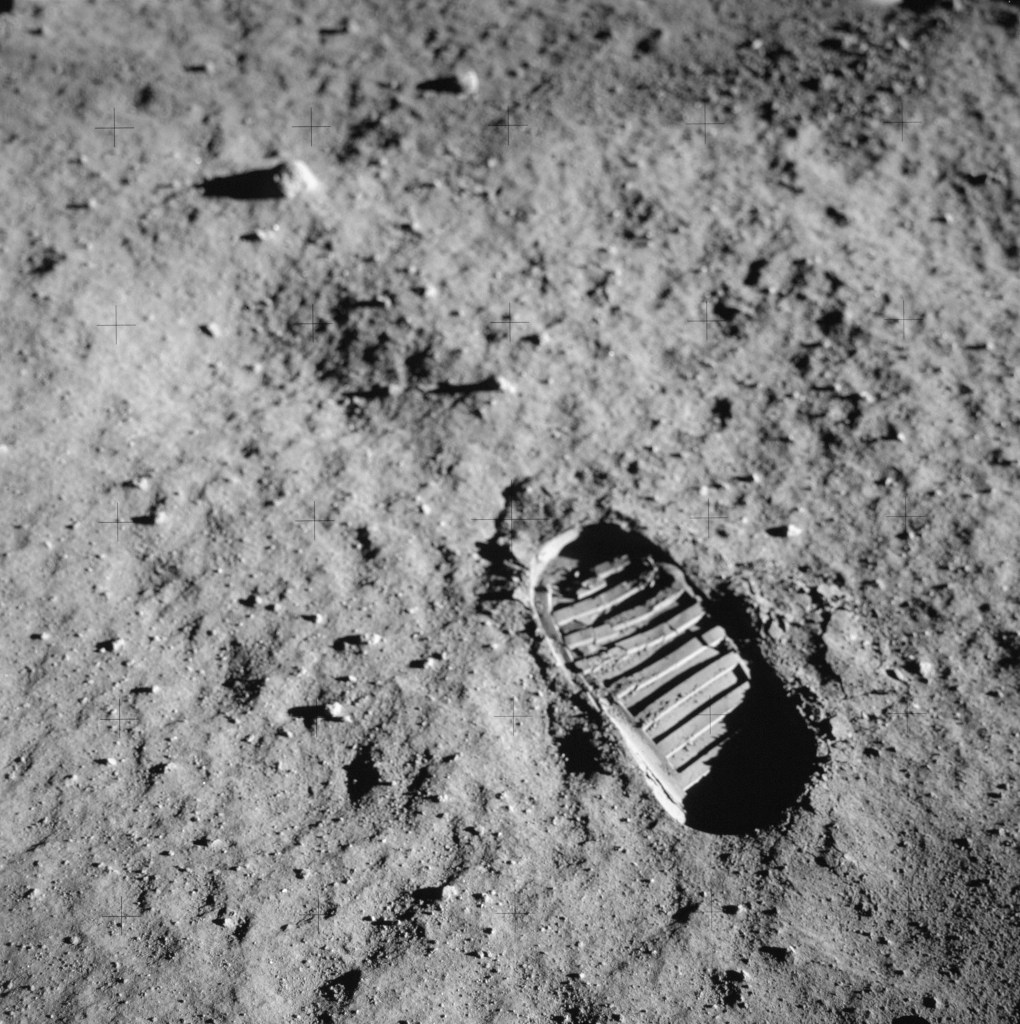
Learning Outcomes
Explore careers in science, technology, math, and engineering.
Learners will be able to…
+ Identify NASA’s goals for returning to the Moon.
+ Explain how NASA plans a Moon landing.
+ Describe the four segments of Moon-to-Mars Architecture.
+ Explain why the location for the Artemis landing site was selected.
+ Compare and contrast the Apollo and Artemis missions.
+ Analyze the needs and challenges for Low Earth Orbit, Moon, and Mars missions.
+ Discuss the risk-mitigation strategies that NASA will use to safely explore the Moon.
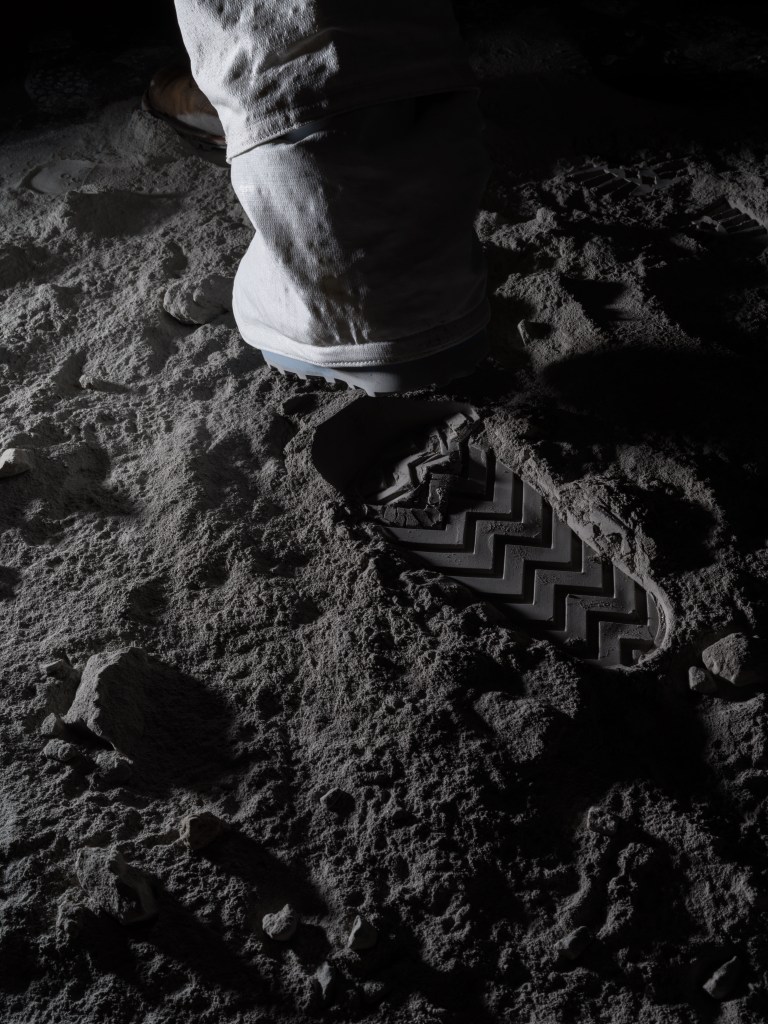
Learners will be able to…
+ Analyze how Artemis spacesuits will prepare for lunar exploration challenges.
+ Summarize the importance and advantages of a mobile suit.
+ Compare and contrast ISS and Artemis Lunar spacesuits uses and features.
+ Identify which parts of the body spacesuit designers prioritize.
+ Evaluate the benefits of a rear-entry spacesuit.
+ Discuss the value of using humans to explore the Moon.
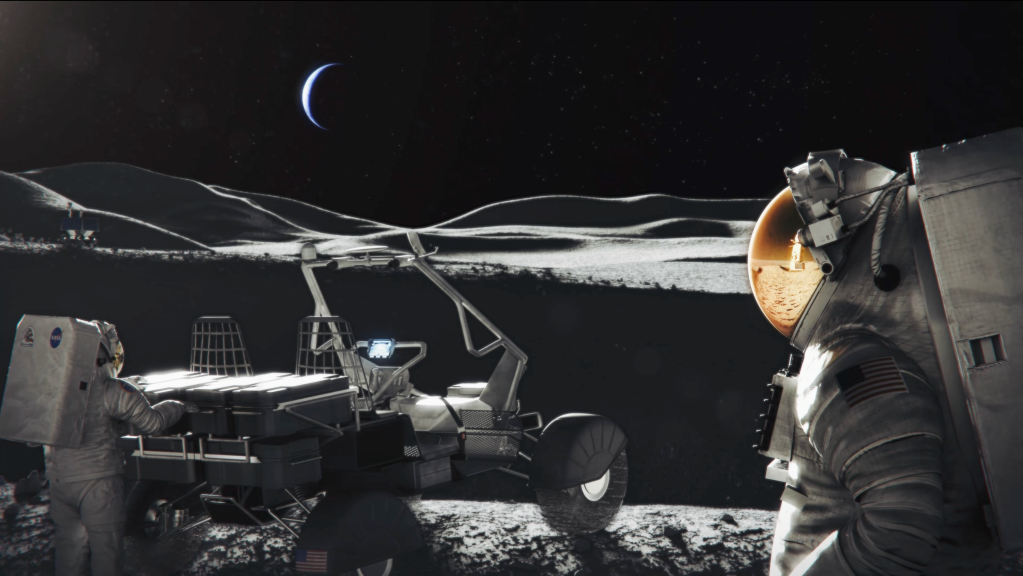
Learners will be able to…
+ Communicate NASA’s plans and timeline to send rovers to the Moon.
+ Define the term Lunar Rover Vehicle and identify the importance of ground testing.
+ Describe the new technologies used in the Artemis lunar rovers.
+ Explain how Artemis rovers will be remotely and manually operated.
+ Discuss how features of the lunar surface make mobility and navigation challenging.
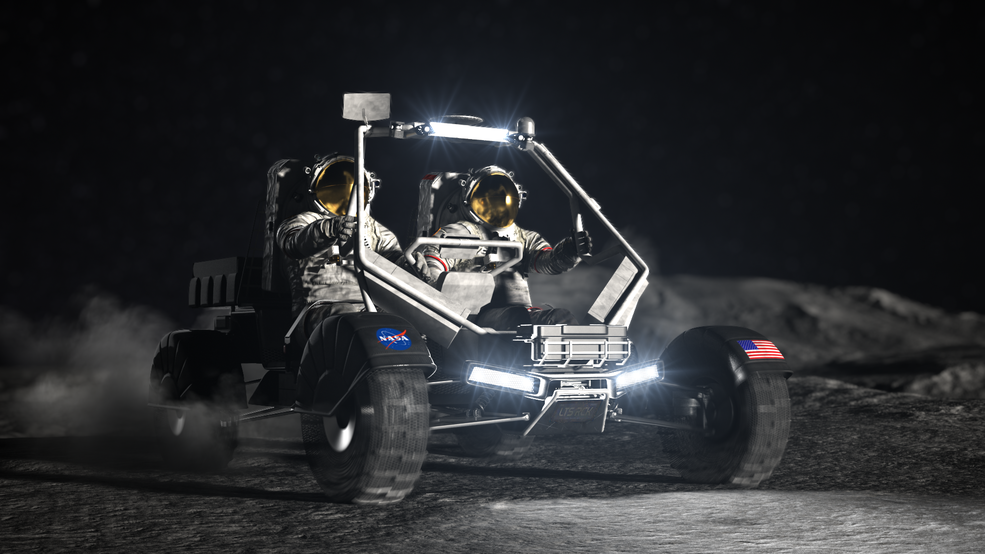
Learners will be able to…
+ Assess the need for special tools on the Moon.
+ Describe how NASA designs and tests these tools.
+ Identify which tools will be most useful for geological objectives.
+ Compare the Apollo era tools to the the ones that will be used on Artemis missions.
+ Explain why getting lunar samples is both important and challenging.
+ Identify where NASA will explore to get new lunar samples.
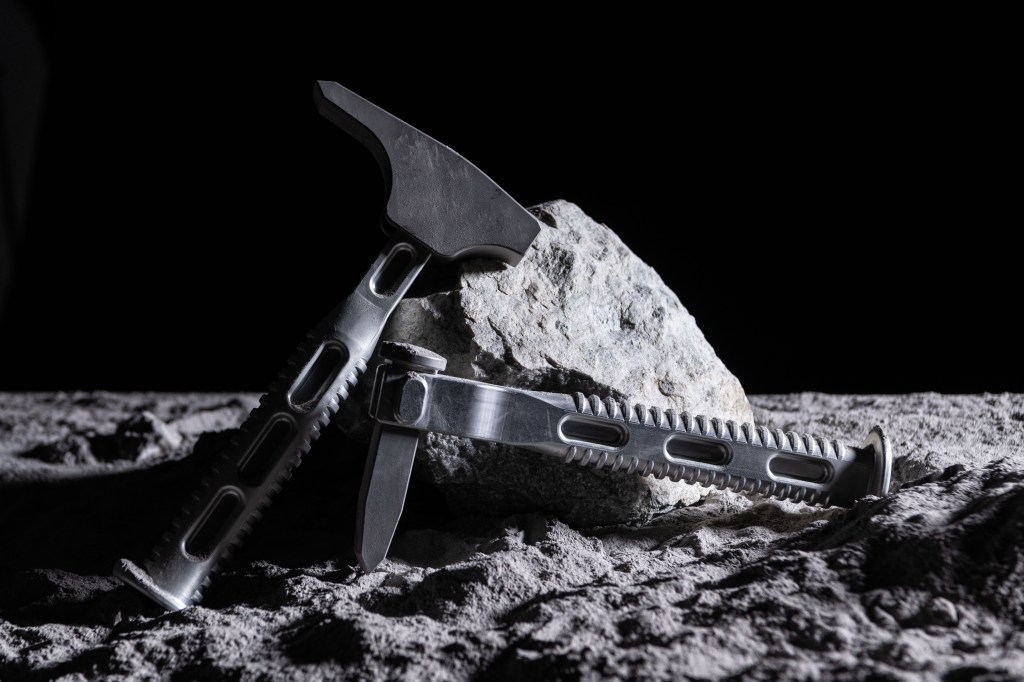
Learners will be able to…
+ Name the three biggest challenges of exploring the lunar surface.
+ Explain how exposure to lunar dust could be dangerous for astronauts.
+ Define terms such as regolith and volatiles and relate their importance.
+ Discuss how light and shadows will affect the lunar missions.
+ Describe the thermal challenges astronauts will face at the lunar south pole.
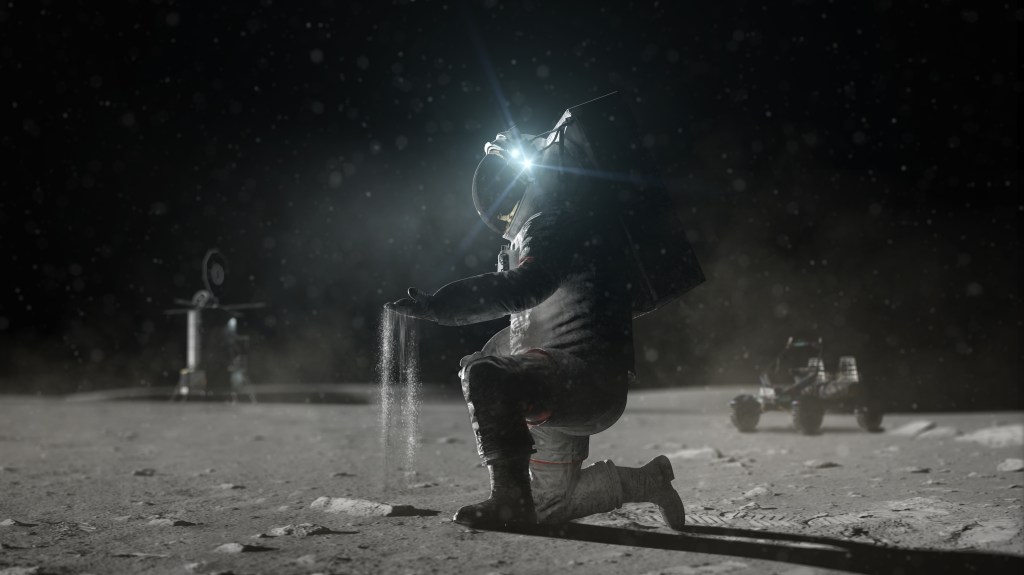
Contacts
Diana Rodgers | Johnson Space Center
diana.l.rodgers@nasa.gov






























